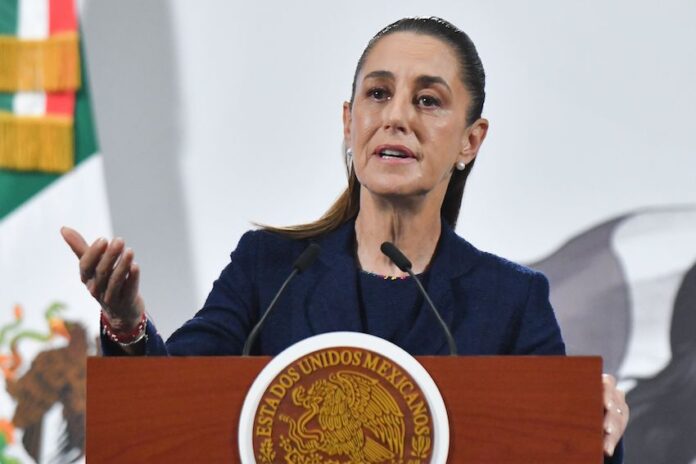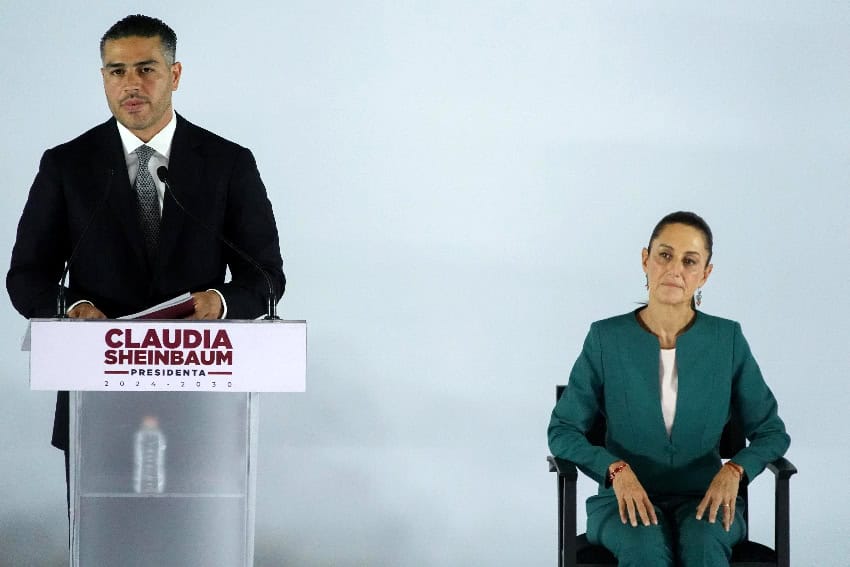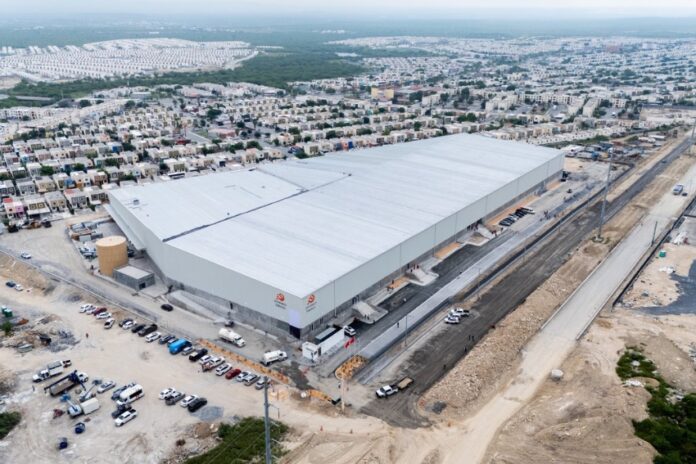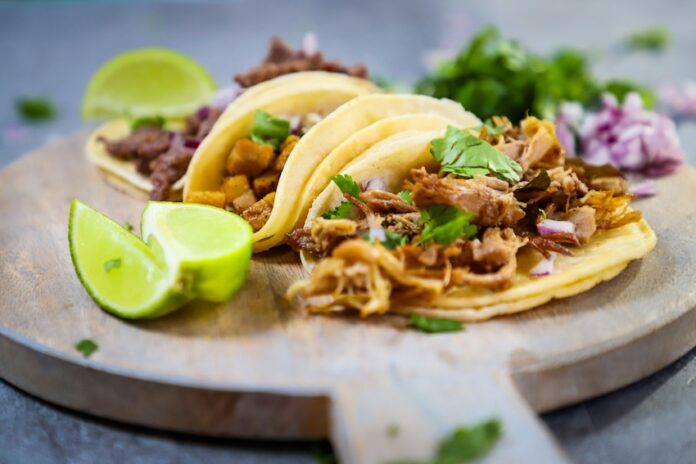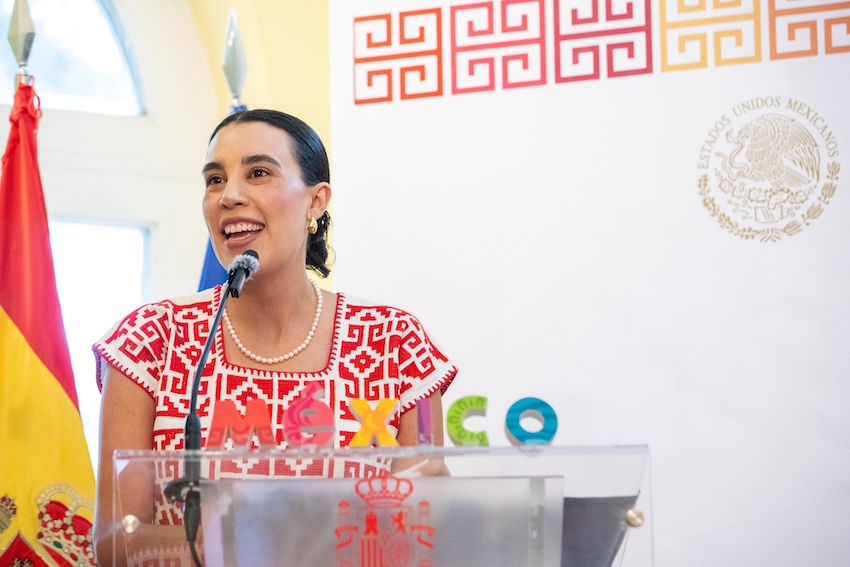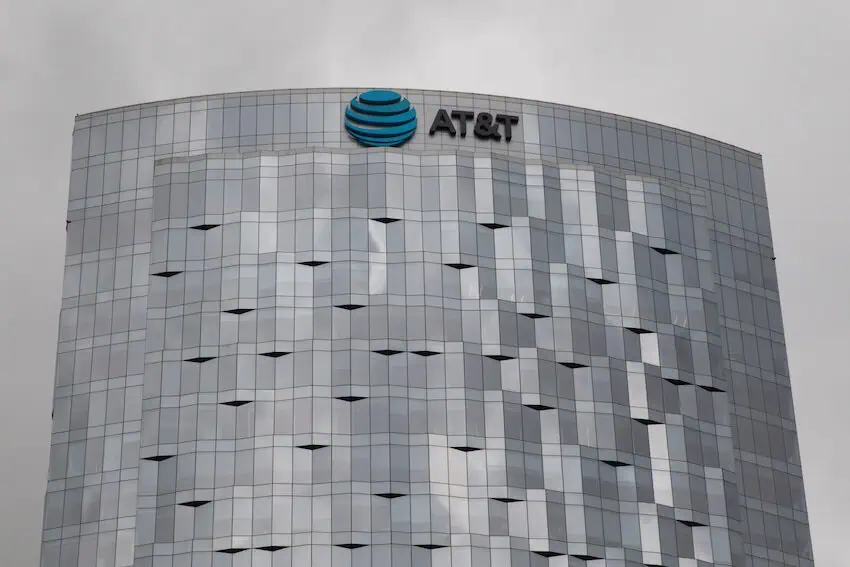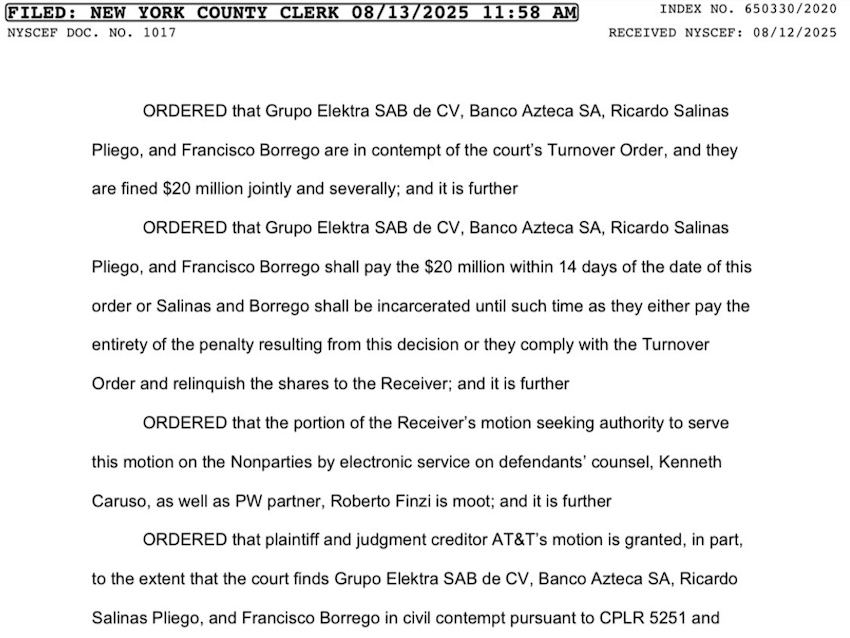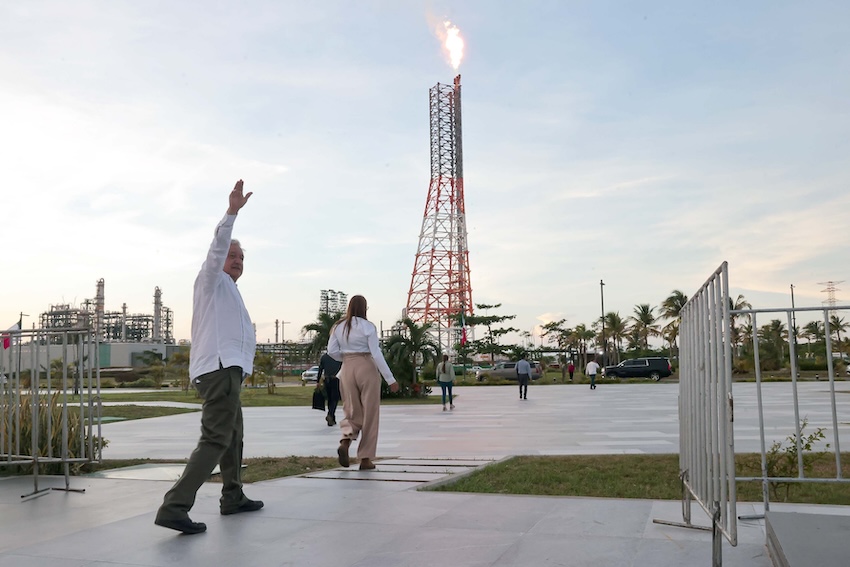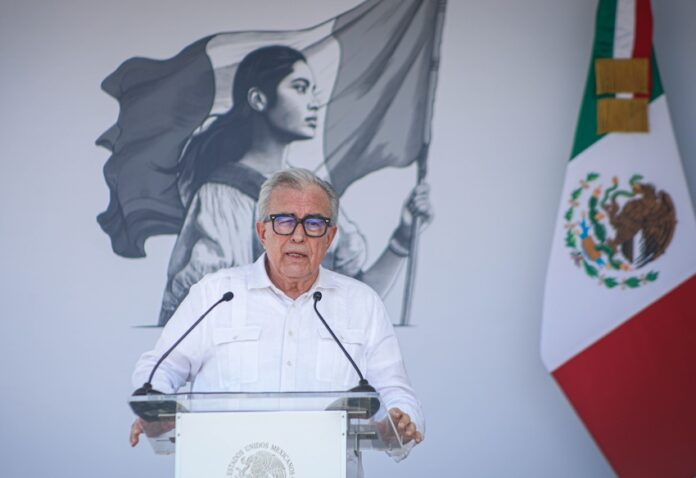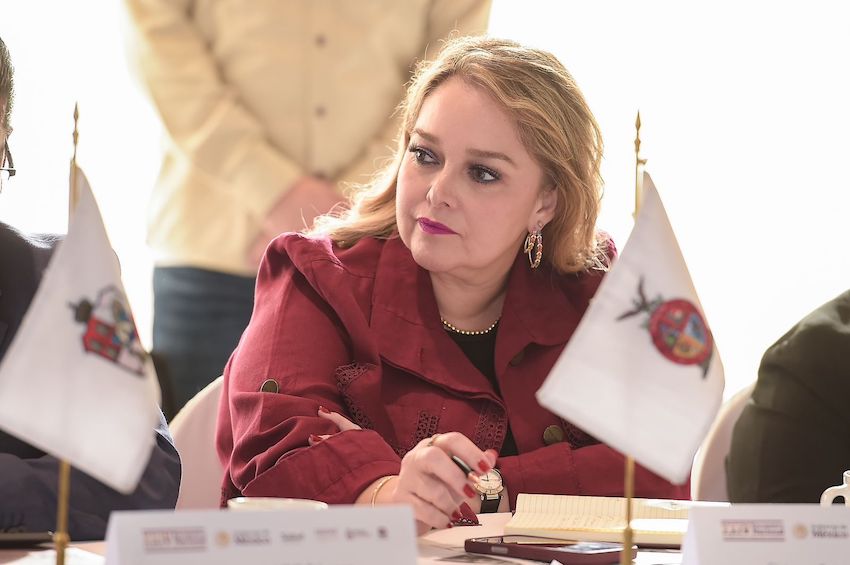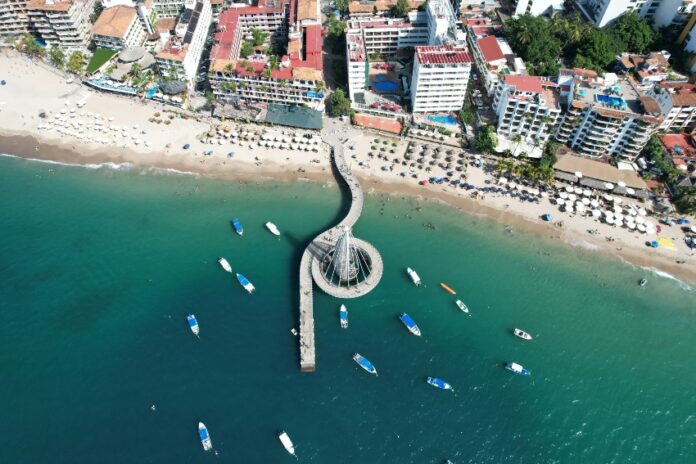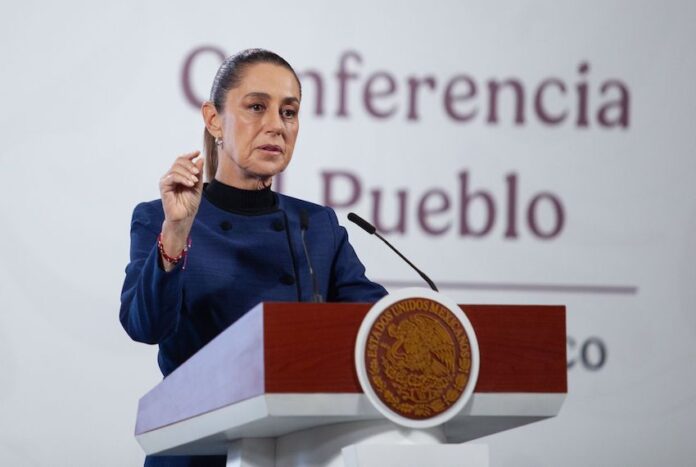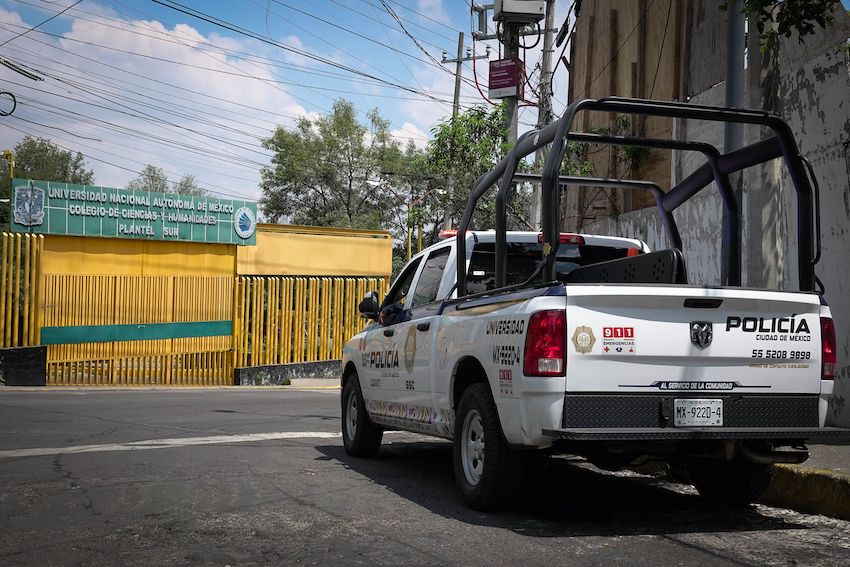Mexico has 32 states and probably hundreds of places to choose from when shopping around for a home. From beach towns to big cities, there’s something for everyone. But a part of understanding where you’d like to live in Mexico is being honest with yourself and knowing where your interests lie. It’s in moments like these that taking a personality test may be an effective way to decide which part of Mexico speaks to you most. You know what they say: it’s an idea so crazy that it just might work.
The Big 5 personality traits outline a person’s common characteristics and how they are influenced throughout their life. Everyone falls under one of the following categories: openness, consciousness, extraversion, agreeableness or neuroticism.
It turns out your personality can also indicate the kind of energy you’re most attracted to. If you’ve always dreamed of moving to Mexico but don’t know where, we’ve got you covered. The answer to this question may surprise you (it definitely surprised me)!
Openness: San Cristóbal de las Casas
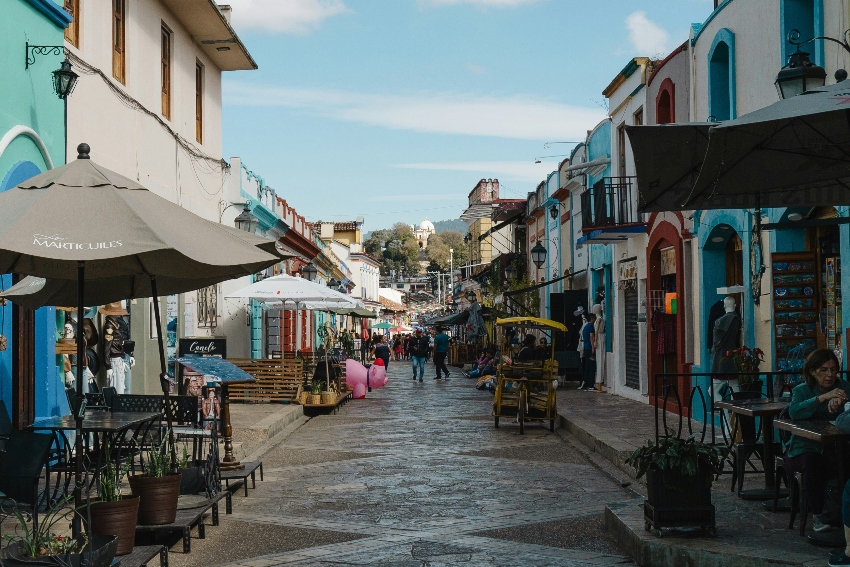
This is the personality trait I scored the highest on,. It defines people who are creative, curious, and open to new experiences. It can also indicate someone’s openness to intellectual knowledge and risk-taking, including adventures outside of their comfort zone.
If you’re like me, San Cristóbal de las Casas may be where you feel most at home. In the heart of Chiapas, it’s surrounded by nature, beaches and waterfalls. I like all these things, particularly the image of chasing a new waterfall every weekend and going on hikes to find local beaches.
San Cristóbal is also filled with history, from well-preserved colonial architecture and the yellow San Cristóbal Cathedral to museums and flea markets that sell artisanal gems that would fit well in anyone’s living room.
At first, I wasn’t sure if this Mexican pueblo was a good fit for me. But then, I thought about it. No, San Cristóbal wouldn’t have been my first choice to buy property. Yet it is a new place to discover. If that’s not the making of an expat adventure, I don’t know what is.
Consciousness: Huatulco
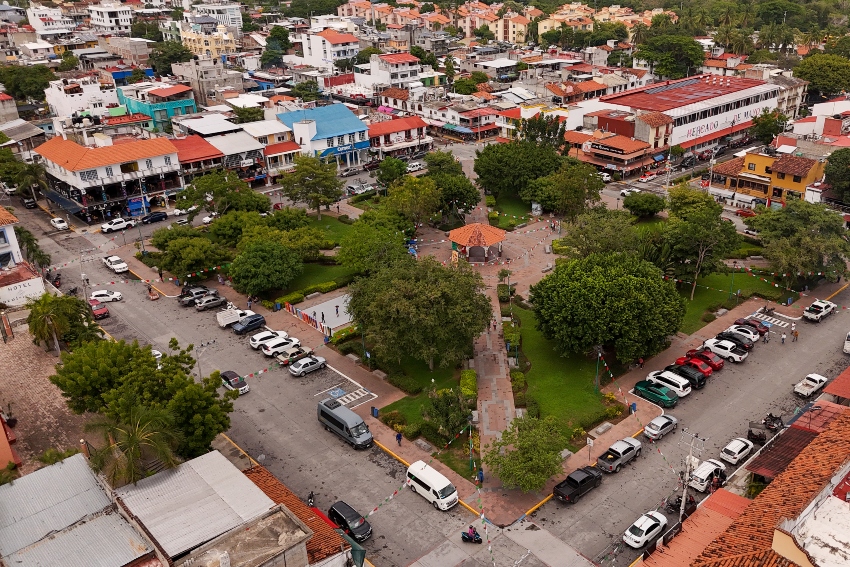
Oaxaca has grown to become my favorite state in Mexico over the last 3 years. From the food in Oaxaca City to the waves in Puerto Escondido for surfing, there’s a lot for me to see and explore there. In my experience, Oaxaca is a part of Mexico that stays true to tradition and is rich in communities, whether it be among locals, expats, or a mixture of both. Since those who fit into consciousness value stability and appreciate order, Huatulco might be the perfect choice to find your dream home.
It’s also reasonably priced if you look at the condos available to purchase in this beach town. Properties are between US $185,000 to $300,000, which is pretty good compared to other parts of Mexico.
From the delicious flavors of Oaxacan cuisine, the rich traditions of Day of the Dead and consistently good weather, you can’t go wrong here.
Extraversion: Mexico City

Social events, lots of restaurants, museums, shopping malls and hip neighborhoods alone would attract most people to Mexico City. I’ve been going there since I was a kid, and I never have a shortage of fun things to do, people to meet, family to get tacos with, and new experiences to be had. I always find a new tour or meet up with a friend of a friend who knows of a good bar to watch a football match.
But I’m also what is called an ambivert, a mix between an introvert and an extrovert, depending on who I’m surrounded by or where I am in the world. Sometimes, I need to recharge my social batteries. If I’m being honest, I’d need a beach trip at least once every 3 months if I were to live in Mexico City.
That isn’t the case with those who fall under extraversion. In fact, the results indicate you’ll thrive in a place like Mexico City, where something cool is always happening.
From historic neighborhoods like Condesa to modern suburbs in Interlomas, you’ll find a variety of different condos and houses. Naturally, it’ll be better to live within Condesa, Coyoacán, or even Polanco if you’re looking to meet new people and be within walking distance to parks, social meetups and events. But if you have a family and want to be somewhere quieter, areas like Contadero and Santa Fe will be the safest bet.
Agreeableness: Tulum

The definition of agreeableness applies to those who love environments that foster trust and shared purpose. It may not be the most traditional or culturally appealing part of Mexico, but if you’re an expat looking to connect with like-minded people, I can’t think of a better location to call home than Tulum.
Tulum is notorious for being expensive, and I recently learned that property there has the highest acquisition cost in the Riviera Maya at 4%. Luxury apartments and penthouses there can also be well over half a million dollars. It has come a long way from being the quiet fishing village it once was 20 years ago.
However, when I visited Tulum five years ago, it had island vibes and a close-knit atmosphere that made it a draw for digital nomads and entrepreneurs.
I also noticed yoga retreats and spiritual healing workshops that provided a safe space for people to get to know each other through shared activities. If you want a good balance of an expat adventure and being surrounded by foreigners that make you feel at home, Tulum may be the place to be on the market for a condo. But for obvious reasons, I’d suggest hiring an independent real estate agent to help find something in your ideal price range.
Neuroticism: Bacalar

My favorite little beach town in Mexico. It’s one of those places that may not be as mainstream as Cancún or Playa del Carmen. However, once you know about it, you’ll want to make sure it remains a secret.
If you’re partial to excellent food, boat rides, swimming, peaceful walks, and not many tourists, then you’ll love Bacalar. It also happens to be the perfect location to move to if your personality trait is neuroticism.
Bacalar is a small town that is the definition of a getaway destination. People who score high on neuroticism tend to be prone to stress and anxiety. Everything that an overrun tourist or expat hub may cause for those who prefer to be away from the bustling streets of Mexico City or the energy in Tulum. Bacalar is more laid-back and also quite affordable. It’s possible to find several properties in the US $130,000-$300,000 range here.
My advice is to purchase something before tourism begins to surge and home prices skyrocket. If you ask me, Bacalar has the potential to become one of Mexico’s next hot destinations.
What are your personality traits?
Of course, a personality test isn’t the only factor involved in buying property in Mexico. It may not be your sign to move to a certain place within the country, but it should be one of many reasons to chase the perfect version of your best life.
What are some of your unconventional ways to map out the location of your ideal Mexican dream home? Let us know in the comments below.
Ian Ostroff is an indie author, journalist, and copywriter from Montreal, Canada. You can find his work in various outlets, including Map Happy and The Suburban. When he’s not writing, you can find Ian at the gym, a café, or anywhere within Mexico, visiting family and friends.

